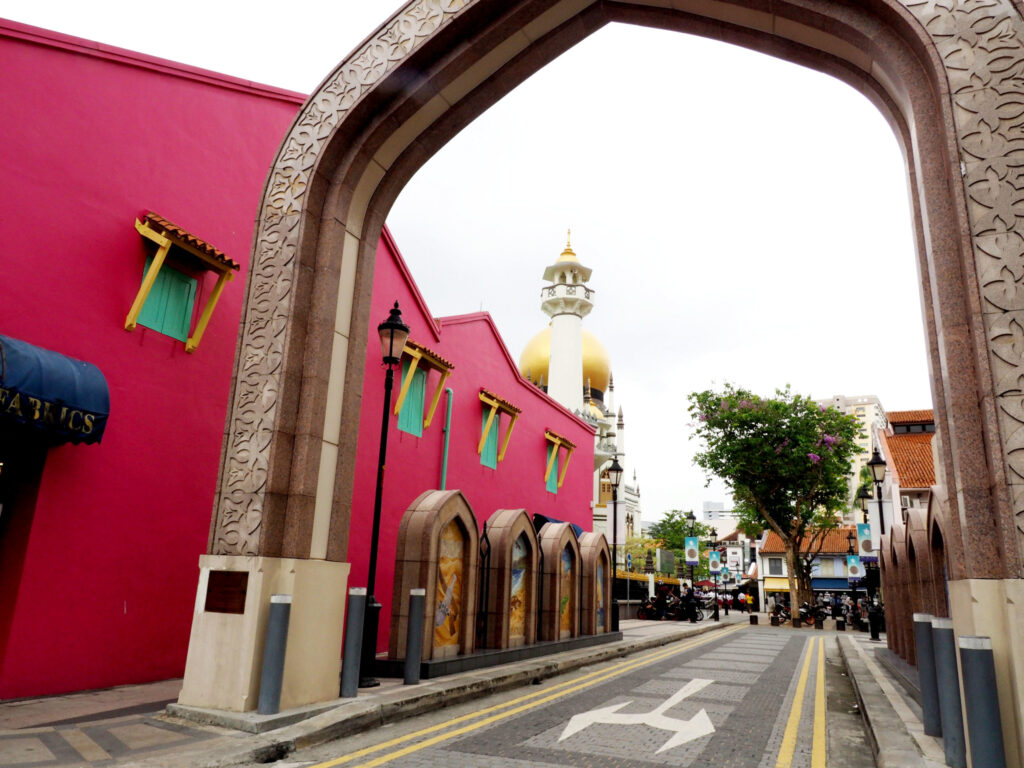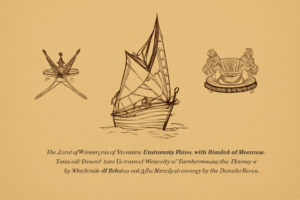The Singapore Oceanarium at Resorts World Sentosa opened in July 2025 and quickly became a hit with locals and tourists alike. Recreated from the former S.E.A. Aquarium, the attraction is now three times larger, guiding visitors through spaces that narrate a timeline that spans the prehistoric seas to the present-day deep ocean—a sweeping voyage of the ocean history to the present. Many of the previous favorites are still present, including a larger collection of jellyfish in a huge bubble tank. Befitting the size, it can take up to 3 hours to complete the whole exhibits.
Highlights include life-sized animatronic prehistoric creatures, interactive exhibits, and the Singapore Oceanarium App, which offers AR/VR experiences, augmented reality features, and even digital pledges for marine conservation.
Among the Oceanarium’s most intriguing displays is not a marine life tank, but a magnificent ship—the Jewel of Muscat, a gift from the Sultanate of Oman to Singapore. This full-scale replica of a 9th-century Arabian trading dhow was built in Qantab, Oman, between 2008 and 2009 using traditional techniques—without a single nail. Instead, its planks were stitched together with coconut fibre, just as ancient shipwrights did over a thousand years ago. Its handwoven sails, coir ropes, and stitched-plank hull were recreated from archaeological evidence and historical records.
The ship’s story begins with the 1998 discovery of the Tang treasures in a dhow shipwreck off Belitung Island, Indonesia. The wreck carried a spectacular cargo of Tang dynasty ceramics, gold, and silver—evidence of a thriving maritime trade linking the Middle East, India, and China more than a millennium ago. Inspired by this find, Oman and Singapore embarked on a cultural partnership to reconstruct a ship from that era.
In February 2010, the Jewel of Muscat set sail from Oman, retracing ancient trade routes through India, Sri Lanka, and Malaysia. Navigating only by the stars, sun, wind, and waves, the crew braved monsoon seas before arriving in Singapore on 3 July 2010.
The narrative of this unique partnership with Oman can be seen on the street outside the Sultan Mosque. The street name is Muscat Street, which is the name of the capital of Oman. The collaboration with the Sultanate to beautify Muscat Street includes building 2 replicas of the Omani Gate at both ends of the street. The heritage storyboard can be viewed at the Arab Street end.
Today, the Jewel of Muscat is permanently displayed at the Oceanarium on Sentosa, where visitors can view and imagine what it was like to sail the high seas a thousand years ago.



